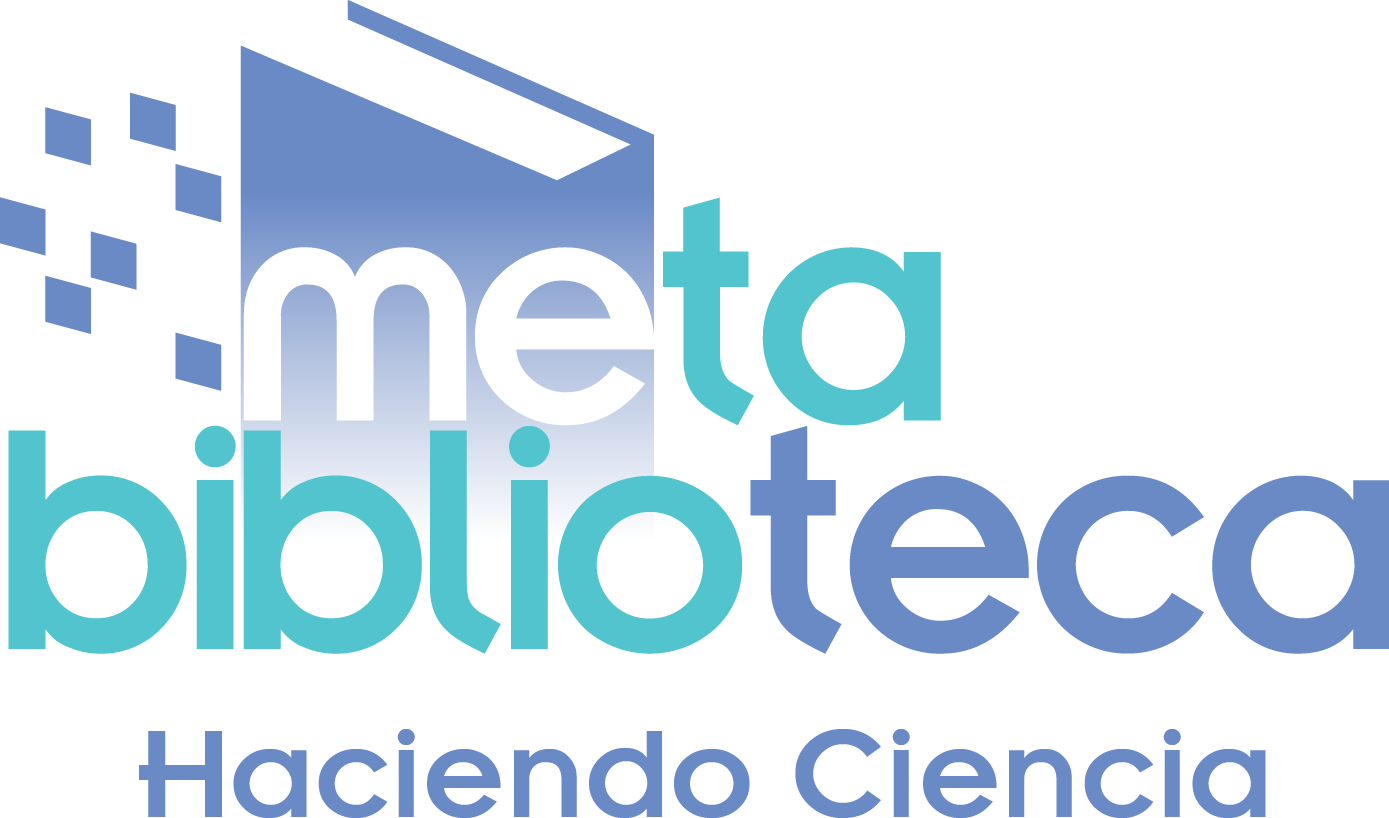Utilidad diagnóstica y pronóstica de la clasificación molecular en gliomas de alto grado
Molecular classification´s diagnostic and prognostic utility in high-grade gliomas.

Esta obra está bajo una licencia internacional Creative Commons Atribución-NoComercial-SinDerivadas 4.0.
Mostrar biografía de los autores
De acuerdo con la 5ª edición (2021) de la Clasificación de los Tumores Primarios del Sistema Nervioso Central de la Organización Mundial de la Salud, para categorizar de manera adecuada estas neoplasias, es necesario evaluar tanto las características histológicas como las moleculares. Casos clínicos: se implementó un estudio descriptivo para una serie de cuatro casos con diagnóstico histológico de glioma de alto grado, en quienes se realizó secuenciación de próxima generación, lo que llevó a una comparación entre las metodologías, y a resaltar la importancia del uso de la biología molecular para la clasificación de estas neoplasias. Se generó una modificación en la clasificación taxonómica inicial realizada por histopatología, dando como resultado un cambio no solo en el diagnóstico sino también en el pronóstico. Conclusión: la nueva clasificación molecular de los gliomas de alto grado precisa el diagnóstico y el pronóstico de los pacientes.
Visitas del artículo 304 | Visitas PDF 207
- Low JT, Ostrom QT, Cioffi G, Neff C, Waite KA, Kruchko C, et al. Primary brain and other central nervous system tumors in the United States (2014-2018): A summary of the CBTRUS statistical report for clinicians [Internet]. Neuro-Oncol Pract. 2022;9(3):165-82. Disponible en https://doi.org/10.1093/neuonc/noz150
- Palacios Paredes LF, Silva C, García Matamoros EK. Gliomas de Alto Grado del Adulto: Biología Molecular (Parte I): Revisión Narrativa [Internet]. Oncol Ecuad. 2020;30(3):249-79. Disponible en https://doi.org/10.33821/494
- Gómez Vega JC, Ocampo Navia MI, De Vries E, Feo Lee O. Sobrevida de los tumores cerebrales primarios en Colombia [Internet]. Univ Médica. 2020;61(3). Disponible en:
- https://revistas.javeriana.edu.co/index.php/vnimedica/article/view/27985
- Valera-Melé M, Mateo Sierra O, Sola Vendrell E, Guzmán de Villoria L. JA, Carvajal Díaz L, Gil de Sagredo del Corral ÓL, et al. Evaluación del impacto del cambio diagnóstico de los gliomas aplicando la nueva clasificación de la OMS de 2016 sobre una serie de casos [Internet]. Neurocirugía. 2019;30(1):19-27. Disponible en https://doi.org/10.1016/j.neucie.2018.09.003
- Komori T. Grading of adult diffuse gliomas according to the 2021 WHO Classification of Tumors of the Central Nervous System [Internet]. Lab Invest. 2022;102(2):126-33. Disponible en https://doi.org/10.1038/s41374-021-00667-6.
- Louis DN, Perry A, Reifenberger G, von Deimling A, Figarella-Branger D, Cavenee WK, et al. The 2016 World Health Organization Classification of Tumors of the Central Nervous System: a summary [Internet]. Acta Neuropathol (Berl). 2016;131(6):803-20. Disponible en https://doi.org/10.1007/s00401-016-1545-1.
- Louis DN, Perry A, Wesseling P, Brat DJ, Cree IA, Figarella-Branger D, et al. The 2021 WHO Classification of Tumors of the Central Nervous System: a summary [Internet]. Neuro-Oncol. 2021;23(8):1231-51. Disponible en https://doi.org/10.1093/neuonc/noab106.
- Milbury CA, Creeden J, Yip WK, Smith DL, Pattani V, Maxwell K, et al. Clinical and analytical validation of FoundationOne®CDx, a comprehensive genomic profiling assay for solid tumors. Vousden G, editor [Internet]. PLOS ONE. 2022;17(3): e0264138. Disponible en https://doi.org/10.1371/journal.pone.0264138.
- WHO, editor. Central nervous system tumours. 5th edition. Lyon: International Agency for Research on Cancer; 2021. 568 p. (World Health Organization Classification of tumours) ISBN-13978-92-832-4508-7.
- Merenzon MA, Gómez Escalante JI, Prost D, Seoane E, Mazzón A, Rojas Bilbao É. Algoritmo para el diagnóstico integrado de los gliomas 2021. Nuestra experiencia [Internet]. Medicina (B Aires). 2022;82(3):370-375. PMID: 35639057.
- Sharaf R, Pavlick DC, Frampton GM, Cooper M, Jenkins J, Danziger N, et al. FoundationOne CDx testing accurately determines whole arm 1p19q codeletion status in gliomas [Internet]. Neuro-Oncol Adv. 2021;3(1):vdab017. Disponible en https://doi.org/10.1093/noajnl/vdab017.
- Omuro A. Glioblastoma and Other Malignant Gliomas: A Clinical Review [Internet]. JAMA. 2013;310(17):1842. Disponible en https://doi:10.1001/jama.2013.280319.
- Whitfield BT, Huse JT. Classification of adult‐type diffuse gliomas: Impact of the World Health Organization 2021 update [Internet]. Brain Pathol. 2022;32(4). Disponible en: https://onlinelibrary.wiley.com/doi/10.1111/bpa.13062










